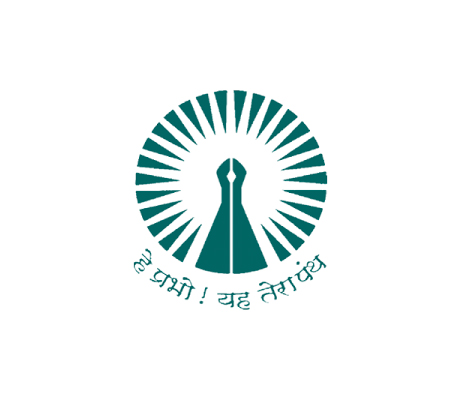
History
Terapanth
Terapanth is a religious section under Swetembar Jain. The terapanthi sub-section is derived from the Sthanakvasi section. The Terapanthi sub-section was founded by Swami Bhikkanaji Maharaj. Swami Bhikkanaji was formerly a Sthanakvasi saint and had initiation from his Guru, by name Acharya Raghunatha. Swami Bhikkanaji had differences with his Guru on several aspects of religious practices of Sthanakvasi ascetics. It was Founded by Acharya Bhikshu in Vikram Sambat 1817 i.e. June 28th of 1760 ( Saturday ) at KELWA (a small town in Udaipur District of Rajasthan State). This section is entirely based upon the Ideology of Jain . As Acharya Bh1kkanaji laid stress on the 13 religious principles, namely, (i) five Mahavratas (great vows), (ii) five samitis (regulations) and (iii) three Guptis (controls or restraints), his sub-section was known as the Tera (meaning thirteen)-pantha sub-section. In this connection it is interesting to note that two other interpretations have been given for the use of the term Terapantha for the sub-section. According to one account, it is mentioned that as there were only 13 monks and 13 laymen in the pantha when it was founded, it was called as Tera (meaning thirteen) -pantha. Sometimes another interpretation of the term Terapantha is given by its followers.
Acharya only has become a characteristic feature of the Terapanth
This practice of regulating the entire Pantha by one Acharya only has become a characteristic feature of the Terapantha and an example for emulation by other Panthas. It is noteworthy that all monks and nuns of the Terapantha scrupulously follow the orders of their Acharya, preach under his guidance and carry out all religious activities in accordance with his instructions. Further, the Terapantha regularly observes a remarkable festival known as Maryada Mahotasava. This distinctive festival is celebrated every year on the 7th day of the bright half of the month of Magha when all ascetics and lay disciples, Sädhus (monks) and Sädhvis (nuns) are people who have voluntarily given up their household lives and worldly affairs and have accepted the five major vows to uplift their souls on the spiritual path. They strictly follow the rules laid down for them. Shrävaks and shrävikas, on the other hand, continue to lead worldly lives. They may observe in full or to a limited extent, twelve minor vows laid down for them.


